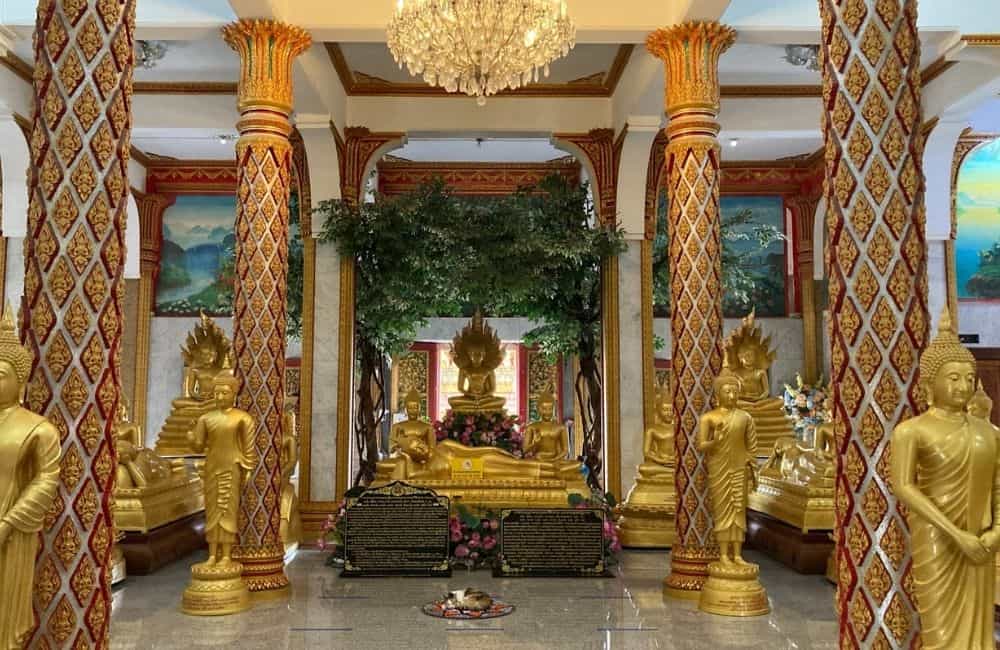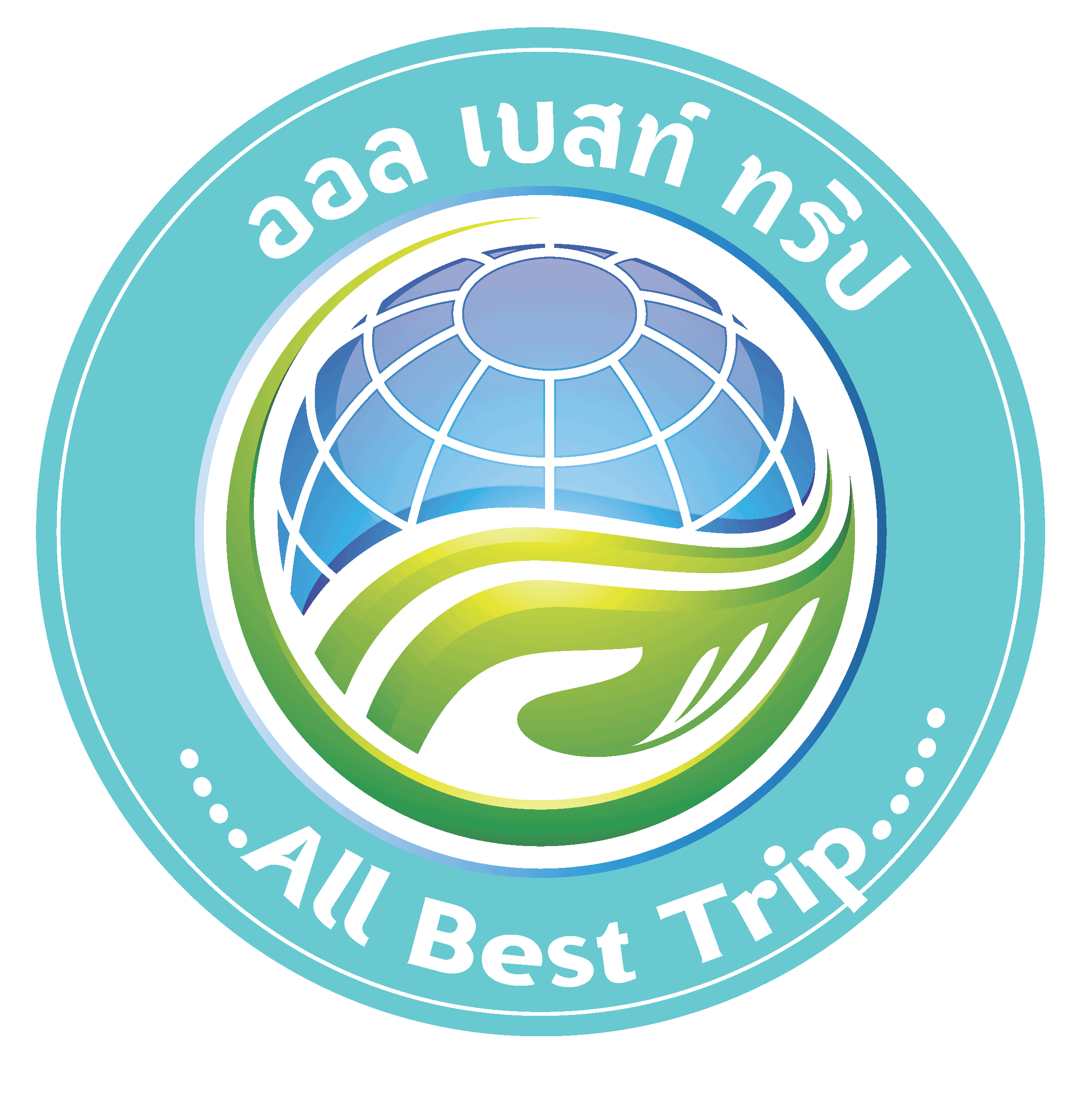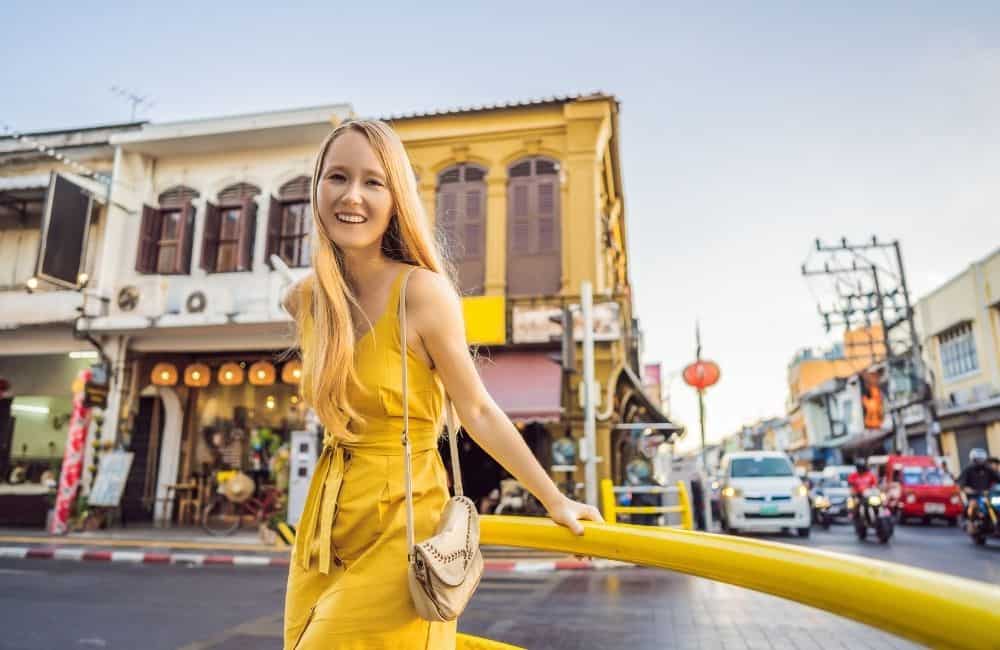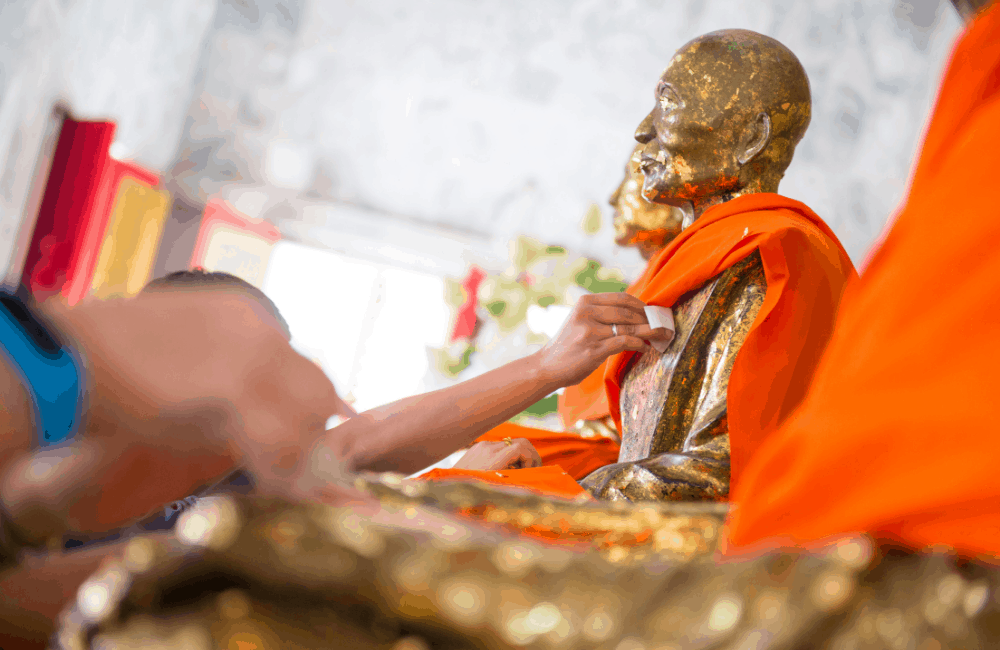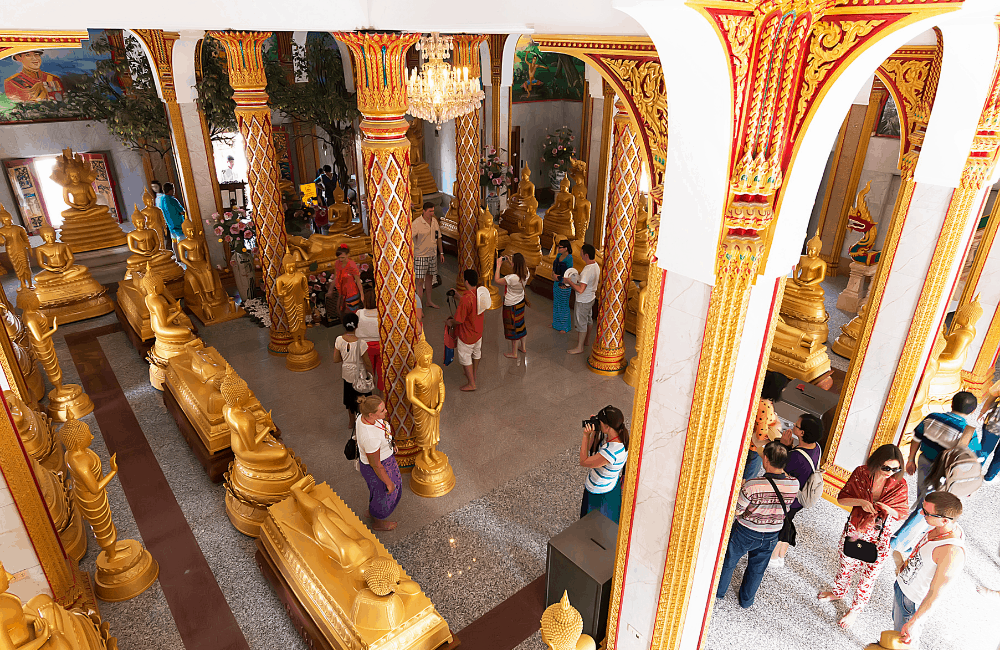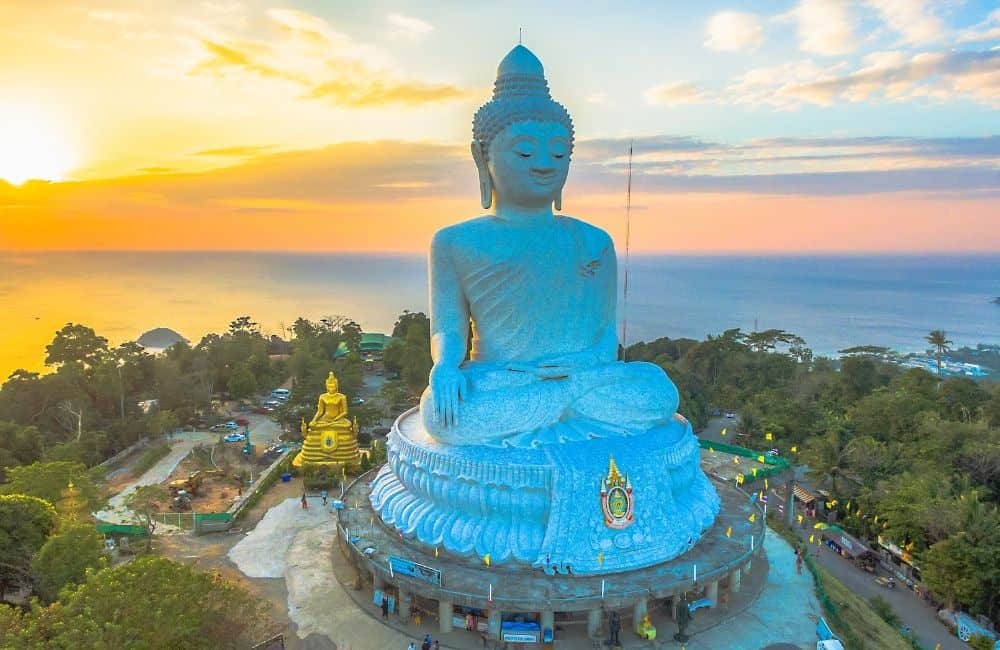No products in the cart.
Wat Chalong
Wat Chalong, or officially known as Wat Chaitharam, is a famous temple in Phuket. If anyone comes to Phuket, they must visit and worship Luang Por Chaem of Wat Chalong for their own good fortune.
The particular note are the gilt statues of three monks, who are credited with helping halt the Chinese Rebellion of 1876. At 5 p.m. daily, visitors can see present-day monks praying.
Highly recommend a visit to Wat Chalong, as well as a stroll through its impressive, clean and well-maintained grounds, saying that the temple complex exuded peace and serenity. Also suggest planning a midweek visit, as the temple can get very crowded on the weekends.
You’ll find Wat Chalong, which is free to visit and open daily from 7 a.m. to 5 p.m., a little more than 5 miles southwest of Phuket Town. Before entering, visitors should be aware of the temple’s strict dress code: If entering the temple, you’re expected to take off your shoes. Women are expected to wear clothing that covers their shoulders and their knees; all visitors are encouraged to speak in hushed tones and refrain from touching the statuary and relics. You should also plan to turn off or silence your cellphone so as not to disturb the peaceful atmosphere.
